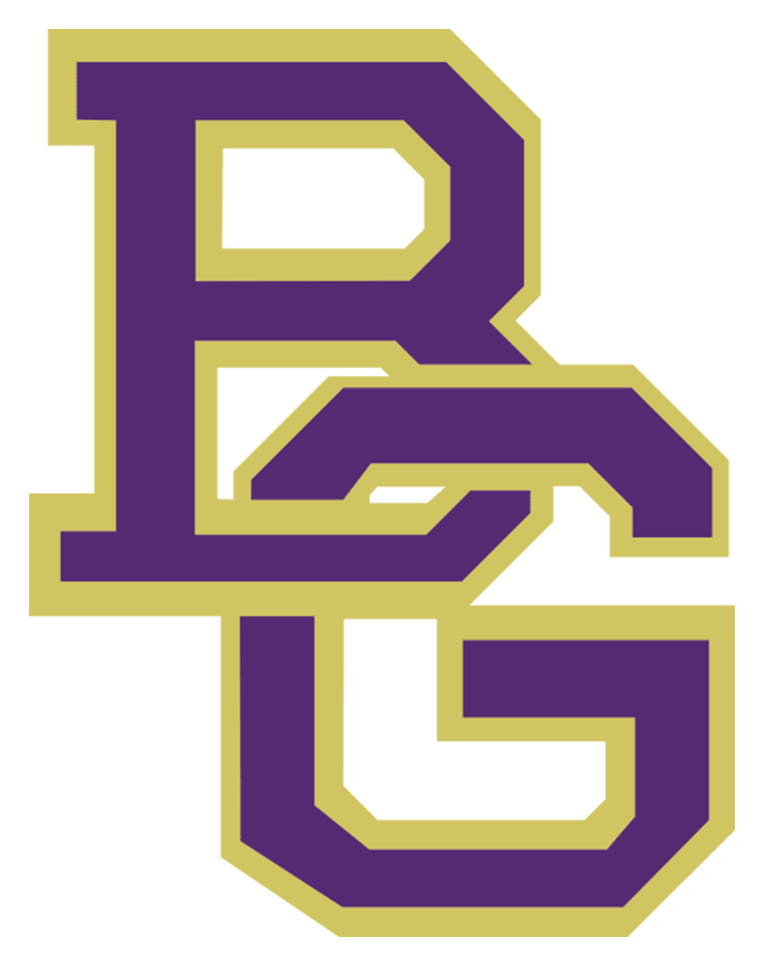FOURTH GRADE
Below are the Mastery Learning Targets, or priorities for all fourth grade students to be successful when they advance to fifth grade. Mastery (M) of these skills means the student has met the grade-level standard and is independently performing on grade level. Mastery takes time to develop and may take the full school year.
READING
Decodes unfamiliar multisyllabic words.
Reads and understands grade level text with ease, self-correcting as needed.
Uses cursive to neatly form original sentences and their name
Reads and understands cursive writing of others and grade level text with ease, self-correcting as needed.
Analyzes the theme of a text using evidence.
Describes and Analyzes central ideas and cites supporting evidence.
Determines the meaning of vocabulary and how those words shape the meaning of the text.
Explains how an author supports claims with reasons and evidence.
Compares and contrasts two texts on the same topic analyzes story elements (characters, setting, and events).
WRITING AND COMPOSITION
Writes a clear and organized introduction for an opinion piece.
Provides reasons, facts, and details to support their writing in opinion pieces.
Composes a concluding paragraph for an opinion piece.
Produces complete sentences, recognizing and correcting fragments and run-ons.
Determines the meaning of unknown and multiple meaning words using context clues, prefixes, suffixes, and root words.
MATH
Solves multi-step word problems with a letter for the unknown.
Identifies factor pairs and multiples of numbers.
Identifies a number as prime or composite.
Recognizes place value of multi-digit whole numbers.
Compares multi-digit numbers using >, =, and < symbols.
Fluently adds multi-digit whole numbers using an algorithm.
Fluently subtracts multi-digit whole numbers using an algorithm.
Multiplies up to a four-digit by one-digit number using a place value strategy.
Multiplies a two-digit by two-digit number using a place value strategy.
Divides up to a four-digit number by a one-digit number using a place value strategy.
Compares fractions using <, =, and >.
Solves word problems involving addition of mixed numbers.
Solves word problems involving subtraction of mixed numbers.
Solves world problems involving multiplication of fractions by whole numbers.
Finds unknown angles using addition and subtraction.
SOCIAL STUDIES
Asks challenging questions about migration and settlement.
Asks supporting questions about migration and settlement.
Uses evidence from multiple sources to answer challenging questions.
Determines primary sources are first hand accounts and secondary sources provide second hand information.
Develops claims to answer challenging questions.
Explains causes and effects of migration and settlement.
Constructs an argument about challenges and opportunities people face when transitioning to a new community.
Describes different ways to address issues of migration and settlement.
Determines ways to support people transitioning to a new community.
SCIENCE
Constructs and explains the relationship between the speed of an object to the energy of the object.
Identifies evidence that energy can be transferred.
Asks questions and predicts outcomes about changes in energy when objects collide.
Creates a model of waves to show patterns in amplitude and frequency.
Develops a model to describe how light reflecting from objects and entering the eye allows objects to be seen.
Generates and compares solutions that show patterns can be used to transfer information.
Explains that plants have internal and external structures that help them survive.
Explains that animals have internal and external structures that help them survive.
Describes that animals process information from their senses and respond in different ways.
Identifies patterns in rocks to explain changes in landscapes.
Observes and measures effects of weathering, erosion, and deposition.
Analyzes data from maps to describe patterns of Earth's features.
Describes how fuel resources are acquired and how they affect the environment.
Generates and compares solutions to humans’ effect on natural processes.
